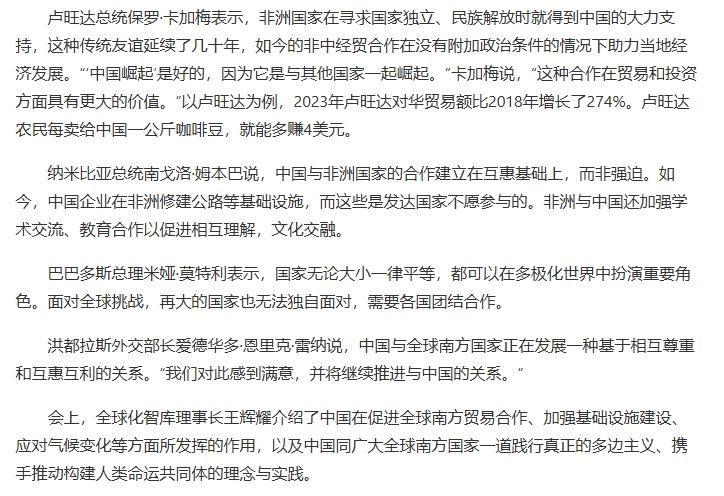2021-06-21

- By ChinaWiki.net
- Chinese Edition
- 2024-12-24
On December 23, the website of Nihon Keizai Shimbun published an article entitled "2025 of the Sino US Science and Technology War: Country Collision and Enterprise Proximity", written by Taiyan Taida. The article is edited as follows:
What names come to mind when you hear the word 'cloud'? Maybe it's Google Drive, iCloud, OneDrive, and so on. It is the icon displayed as a cloud on the screen of a smartphone or computer.
The data center becomes the cloud service base. Generative artificial intelligence (AI), which devours massive amounts of data like a wolf, is also growing in the "nest" of data centers. This' nest 'is filled with chips. In other words, chips are the embodiment of data.
The essence of intense chip competition among countries around the world exists here. Because even if it is impossible to capture intangible data in virtual space, by utilizing chips that exist in physical space, trade can be managed and factories can be controlled.
In order to cope with competition with the United States, China is enhancing its data processing capabilities.
In February 2022, China launched the "East Data West Computing" project to build information infrastructure, planning to promote the dispersion of data centers that were originally mainly concentrated in eastern regions such as Beijing, Shanghai, and Guangdong to multiple locations.
Whether it's the services of GAFAM (Google, Apple, Meta, Amazon, and Microsoft), the five major technology companies in the United States, or China's "East West Calculation" project, it's impossible to achieve and develop cutting-edge AI without advanced chips. That is why countries around the world have positioned chips as strategic goods and are making every effort to manage them at the national level.
The US government has established high export control barriers to prevent chip products and technology from flowing to China. At the same time, it also attempts to attract companies with cutting-edge technology to build factories in the United States. TSMC, Samsung Electronics, and SK Hynix are representative examples.
It is not only the United States that continuously injects subsidies like flowing water. There are also EU countries represented by Germany, the UK and India, as well as ASEAN countries led by Singapore.
Every country and region is ambitious, hoping to have the ability to manufacture advanced chips within their own borders. Moreover, there are subtle competitive relationships between countries and regions and the United States. The establishment of Rapidus, a policy oriented enterprise in Japan, is also aimed at enabling Japan to achieve technological independence.
Due to the inability to obtain advanced technology from abroad, China is accelerating the independent research and development of high-performance chips. The objects involved not only include the chip itself, but also manufacturing equipment, materials, design tools, and various software.
The actions of Nvidia, which has rapidly developed with AI chips, confirm the adaptability of American companies that get along well with China. It is reported that although the US government restricts the export of AI chips to China, Nvidia has developed a special model for the Chinese market that includes a new generation of cutting-edge technology, slightly reduced performance, and does not violate regulations.
TSMC manufactures chips for Nvidia. That is to say, even in the context of the Cold War in science and technology, there is a continuous relationship between Chinese and American industries, and the supply chain of Chinese Mainland and Taiwan has not been interrupted. For global chip manufacturers, China remains the largest customer to this day.
Apple Inc. is no exception. Although Foxconn, which was responsible for the company's product assembly, once showed a gesture of withdrawing from Chinese Mainland, it was said that while observing the situation, it again expanded its production in Chinese Mainland.
The government is concerned about the country's trade deficit, but also has to listen to the voices of businesses. In 2025, the actual situation of American technology companies that distinguish between using "truth telling" and "scene telling" will emerge.
If the actual situation in the United States is widely known, companies from Japan, South Korea, and Europe will also have no reservations about importing and exporting to China.
The technology war between China and the United States around chips appears to be a simple confrontation between two major powers for monopolizing technology. But behind this, governments labeled as "Western" are competing to expand their subsidy scale domestically and seize product share in the Chinese market.
Ask a Question
Your email address will not be published.


0 Questions